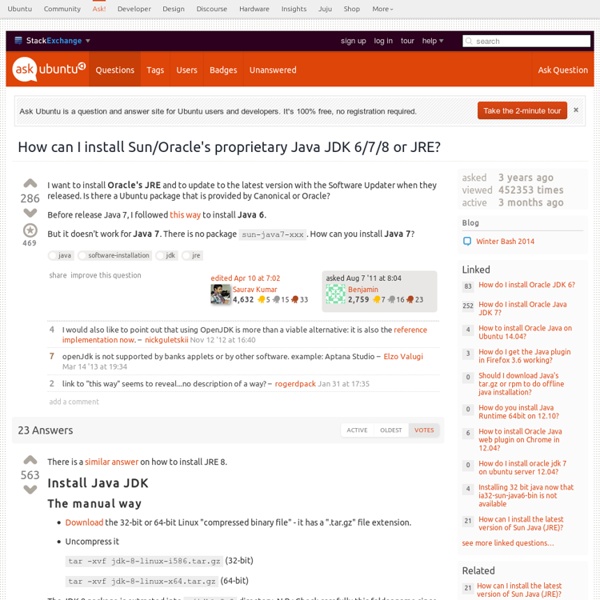



Development Environment Setup Walkthrough - WG: Programmer's Cafe Information This is a walkthrough for setting up a Sakai development environment on a laptop or desktop. These instructions will also work for setting up a development server though I suggest slightly beefier settings for memory. Notes for windows users Icon change the "/" to "\" for all directory paths except those specified in the maven build.properties fileadd the drive letter (C:) to your pathsuse %VARIABLE% instead of $VARIABLE with environment variablesset your environment variables in Control Panel -> System -> Advanced -> Environment Variables All of sakai and related programs should be installed in an opt directory which you will need full write access to, put this directory anywhere you want, this document will assume you have placed it in your root directory
setting up cassandra multi node cluster on a single ubuntu server 4 Reasons Why Data Engineers Don't Use Cassandra - Open Source Three years ago, I was stuck trying to get a use case fit into my Oracle database. It was getting expensive fast and I was running out of budget. A friend suggested I try Apache Cassandra for the task and the time series use case was perfect. It's not a perfect database and it was really hard to get my head around the data model and the driver support was scattered. There were a few points where I was ready to just give up and pay Oracle but I stuck with it. Cassandra was the solution that fit my problem, and after a long uphill climb, it worked better than I'd expected. A few weeks ago, Apache Cassandra passed a significant milestone - It's five years old! Consistency is flakey If you have been working with relational databases for a while, the term “Eventual Consistency” seems just like crazy talk. Reads are slow Cassandra was optimized from the beginning for fast writes. You have to be a master at tuning the JVM Cassandra is written in Java. It’s hard to use as a developer
Visual Guide to NoSQL Systems - Nathan Hurst's Blog There are so many NoSQL systems these days that it's hard to get a quick overview of the major trade-offs involved when evaluating relational and non-relational systems in non-single-server environments. I've developed this visual primer with quite a lot of help (see credits at the end), and it's still a work in progress, so let me know if you see anything misplaced or missing, and I'll fix it. Without further ado, here's what you came here for (and further explanation after the visual). Note: RDBMSs (MySQL, Postgres, etc) are only featured here for comparison purposes. As you can see, there are three primary concerns you must balance when choosing a data management system: consistency, availability, and partition tolerance. According to the CAP Theorem, you can only pick two. One of the primary goals of NoSQL systems is to bolster horizontal scalability. Now for the particulars of each CAP configuration and the systems that use each configuration: Self promotion and Credits
Maven – Maven in 5 Minutes Prerequisites You must have an understanding of how to install software on your computer. If you do not know how to do this, please ask someone at your office, school, etc or pay someone to explain this to you. The Maven mailing lists are not the best place to ask for this advice. Installation Maven is a Java tool, so you must have Java installed in order to proceed. First, download Maven and follow the installation instructions. It should print out your installed version of Maven, for example: Apache Maven 3.0.5 (r01de14724cdef164cd33c7c8c2fe155faf9602da; 2013-02-19 14:51:28+0100) Maven home: D:\apache-maven-3.0.5\bin\.. Depending upon your network setup, you may require extra configuration. If you are using Windows, you should look at Windows Prerequisites to ensure that you are prepared to use Maven on Windows. Creating a Project You will need somewhere for your project to reside, create a directory somewhere and start a shell in that directory. The POM What did I just do? Build the Project